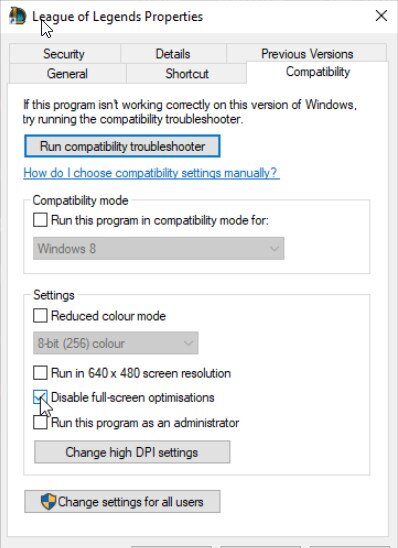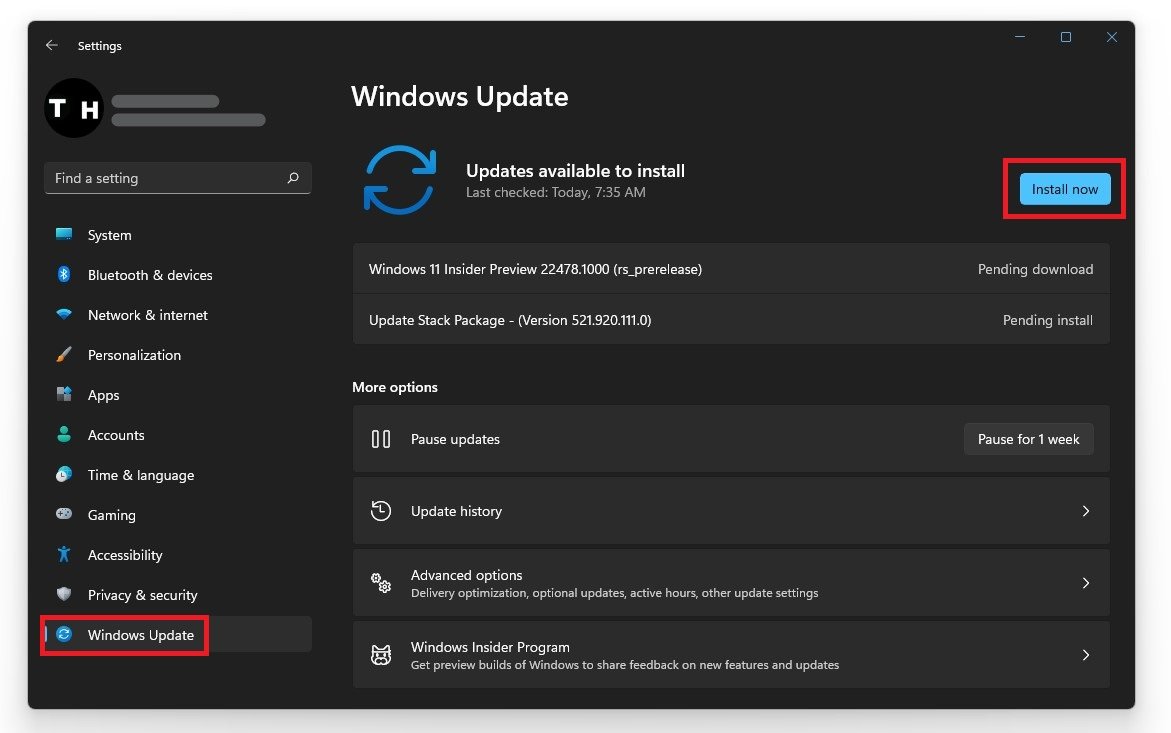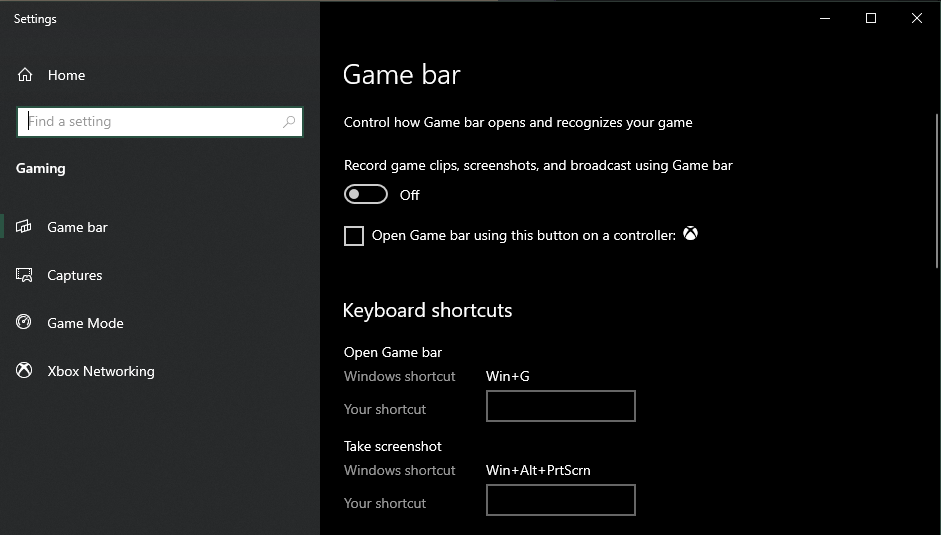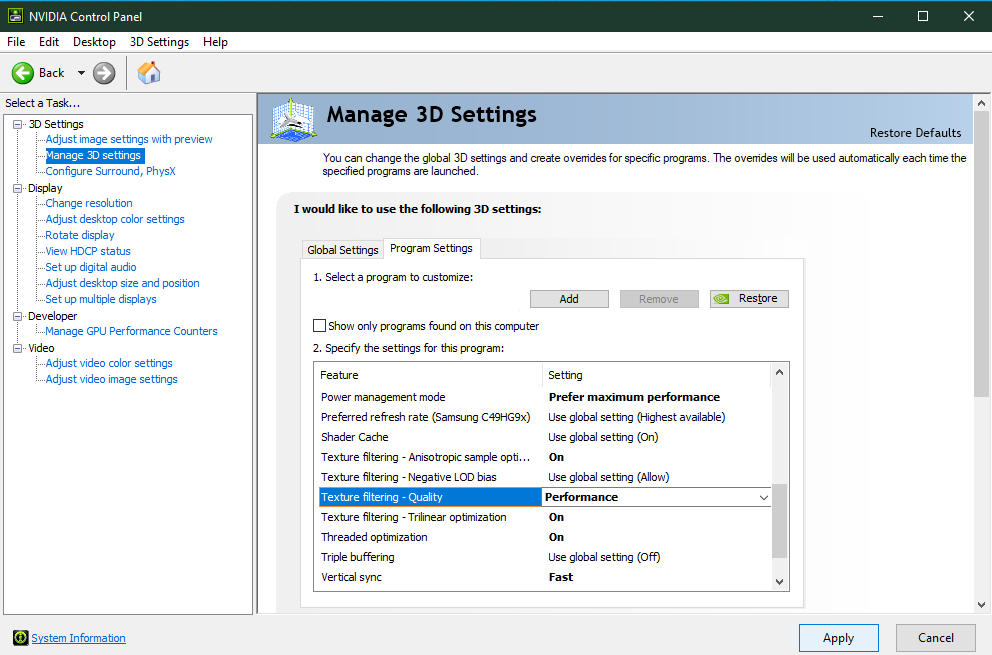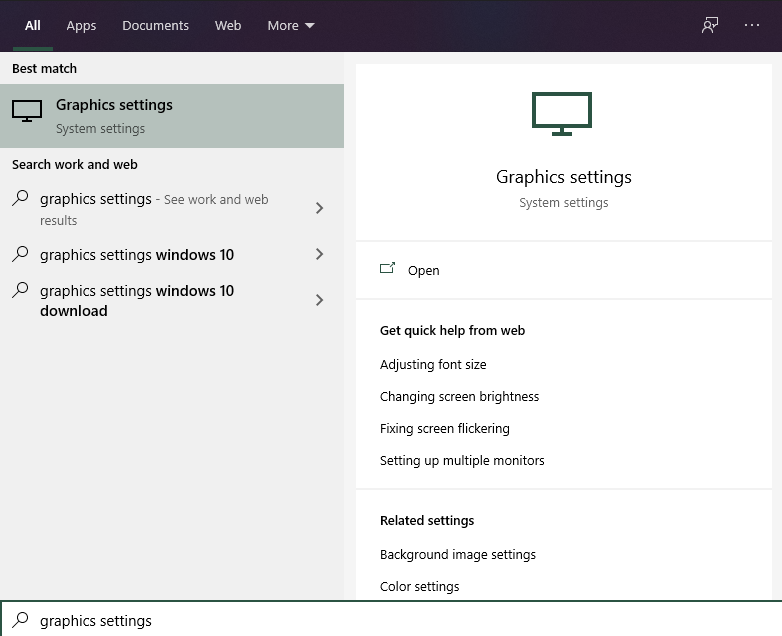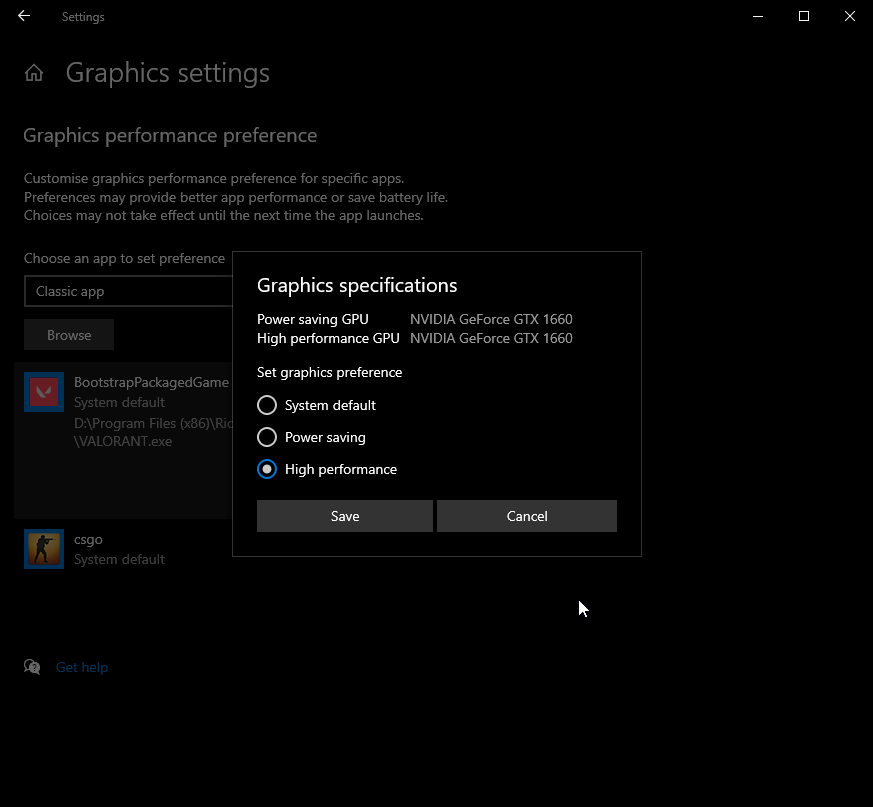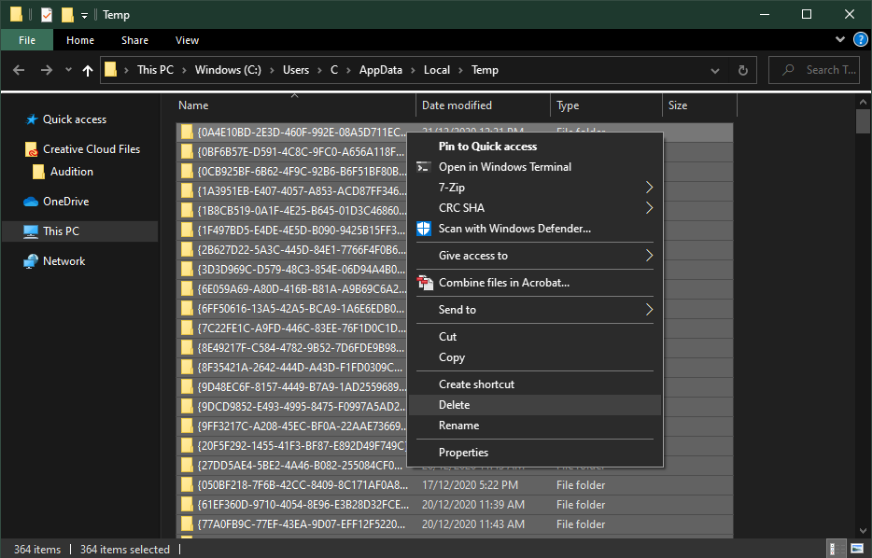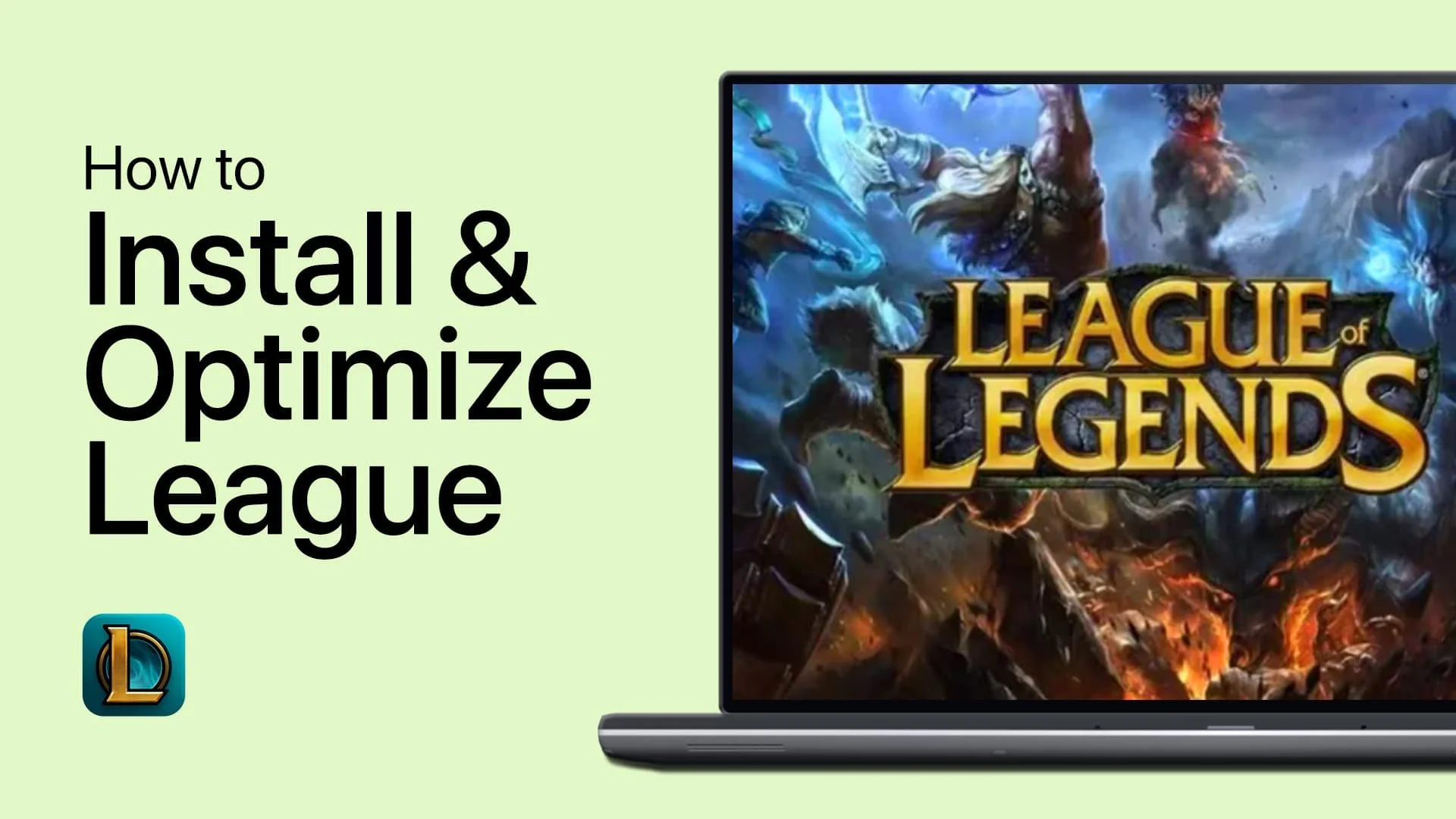League Of Legends - How To Boost FPS & Overall Performance
If you are a League of Legends player, you know that performance matters a lot. Lag or a drop in FPS can be the difference between winning and losing a game. But don't worry; there are ways to boost your FPS and overall performance in League of Legends. This article will share tips and tricks to help you get the most out of your gaming experience.
Adjust the League of Legends Compatibility Settings
Right-click your League of Legends application and select Properties. Navigate to the Compatibility tab and check Disable full-screen optimizations.
League of Legends Properties > Disable full-screen optimizations
Adjust the League of Legends Process Priority
To further increase the League of Legends performance on your PC, we will change the application’s priority compared to other programs running in the background. Right-click your taskbar to open up your Task Manager. In the Processes tab, right-click the League of Legends process and select to go to details. In the Details tab, the application should be highlighted. Right-click the game process and set the priority to high.
Task Manager > Details > League of Legends > Set Priority > High
This will in turn allocate more resources to playing League of Legends and should increase your performance, especially if you have other programs running in the background. To reduce the CPU utilization from other programs, I suggest you end some programs from running in the background, which you don't need when playing League of Legends. Make sure only to end programs from running, which you know won't break your operating system. In the Startup tab, you can prevent programs from starting on system boot.
Update Graphics Card Driver
NVIDIA graphics cards can utilize the GeForce Experience application. Click here to download the application to your system. When the download is completed, open up the application, and in the Drivers tab select Download. This will download and install the latest GPU update and should only take a few minutes to complete.
GeForce Experience > Drivers > Download
Update Operating System
To optimize your system for performance, you should ensure your operating system is up to date. Search for Update in your taskbar search. In your Check for updates system settings window, download the latest update and restart your PC after that the download is completed. This will help you with performance issues.
Windows Settings > Windows Update
Disable Game Mode Background Recording
Some native Windows 10 settings can reduce your overall performance while playing League of Legends. Disable the Game Bar recording option, as it continuously records your gameplay and audio. In your taskbar search, enter: Game Bar to open the game bar system settings. Uncheck the recording option. In the Captures tab, disable the background recording option additionally. These settings will only reduce your performance. If you want to record your gameplay, we suggest using OBS Studio, or an external capture card if you lack performance.
Windows Settings > Gaming > Game Bar
Optimize your NVIDIA Control Panel
Making changes to your NVIDIA control panel can be essential. Change a few options in your NVIDIA control panel to improve your system's League of Legends performance. To open your NVIDIA control panel, right-click your desktop and select NVIDIA Control Panel. In your control panel, navigate to Manage 3D Settings > Program Settings.
NVIDIA Control Panel > Manage 3D Settings > Program Settings > LoL
Select to Add a program to customize and then add the League of Legends from the program list. If you can’t find the game in the program list, click on Browse. In your file explorer, you will have to locate the drive and path on which you installed League of Legends on and add it to the program list from there. Ensure the CUDA setting is set to your main GPU, set the Power management mode to Prefer maximum performance, and set the texture filtering quality to Performance.
Change the League of Legends Graphics Preference
Windows 10 allows you to utilize power user settings, such as your graphics settings. To change your graphics settings, enter Graphics Settings in your taskbar search to open up your native settings.
When selecting Browse your file explorer will open up, where you will have to navigate to the drive and path where League of Legends is saved. After adding the program to your graphics settings list, the operating system lets you choose between the following:
Let Windows choose
Power Saving (Usually Intel HD Graphics)
High Performance (Usually, your graphics card(s)
Specific GPU (Choose which GPU to use)
For the most system performance, use the High-Performance option. In case your GPU is bottlenecking your performance, then you should set it to Let Windows Decide. Don't forget to apply your changes.
Graphics Settings > Graphics Preference > High Performance
Delete the Windows Temporary Files
Your hard drive might be cluttered with unwanted files. These files will induce lag if not removed properly. You can delete your temporary files manually or use PC cleanup programs, such as CCleaner. These applications are usually the best choice as they will automatically keep your hard-drive clean for you. To manually delete your temporary files, enter %temp% in your taskbar search and hit enter. A new folder will open up. Make sure to delete the content of your temporary files folder.
Sometimes, this can take a few minutes if you haven’t done this before. Some files will most likely stay in your temp folder, as these are still in use by your programs. To completely delete these files, you should also empty your recycle bin.
Delete all the files in the %temp% folder



